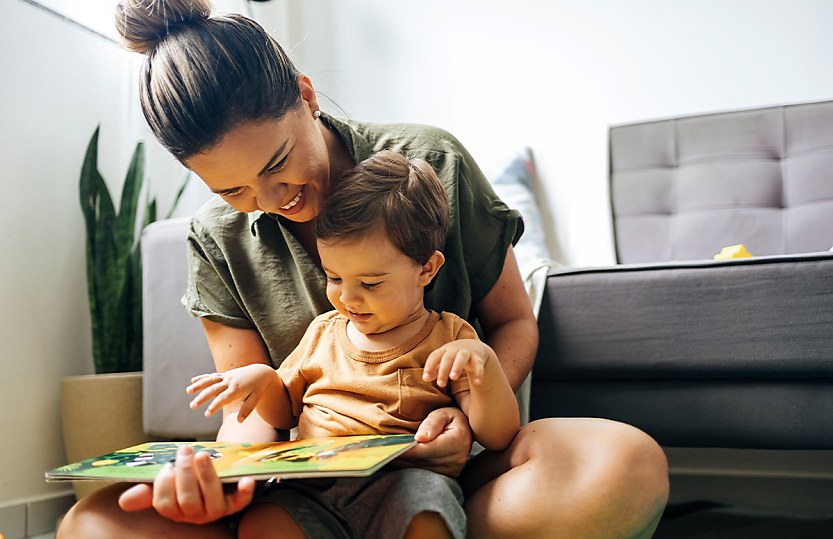Weaker economy drives ‘sharp decline’ in birth rate: KPMG

Australia is experiencing a baby recession due to cost-of-living pressures, according to a KPMG analysis.
Data revealed the birth rate across the country fell by 4.6 per cent over the last year, marking the 2023 birth rate the lowest it has been since 2006.
The decrease in births can be attributed to the increased cost of living and current economic climate as this can impact the feasibility of younger Australians to have children, KPMG said.
In 2023, 289,100 babies were born in Australia.
This is a significant decrease from the “2021 post-lockdown spike” which resulted in the birth of 315,200 babies.
KPMG urban economist Terry Rawnsley said it is not uncommon for weaker economic periods to have a significant impact on birth rates in Australia.
“Birth rates provide insight into long-term population growth as well as the current confidence of Australian families,” he said.
The research showed capital cities have experienced a more pronounced decline in births since 2019.
Sydney experienced the most notable decrease, with births dropping by 8.6 per cent. This was followed by Melbourne down by 7.3 per cent, Perth down 6.0 per cent and Brisbane down by 4.3 per cent.
Canberra was the only capital city to see no drop in births since 2019.
Rawnsley said weak economic growth and expanding families are always directly correlated.
However, the sudden significant drop in birth rates has not been experienced for a long time.
“We haven’t seen such a sharp drop in births in Australia since the period of economic stagflation in the 1970’s, which coincided with the initial widespread adoption of the contraceptive pill.”
The post pandemic birth spike in 2021 was driven by low unemployment rates and the recovering economy, Rawnsley said.
“Following the uncertainty of pandemic lockdowns people who had held off having children decided to start having families,” he said
“The record-low unemployment rate and the stimulus money that flowed into the economy had provided encouragement for people to start having children again.”
This rise has now rapidly declined as the current economic climate presents various challenges to Australian families.
“With the current rise in living expenses applying pressure on household finances, many Australians have decided to delay starting or expanding their families,” Rawnsley said.
“This combination of the pandemic and rapid economic changes explains the spike and subsequent sharp decline in birth rates we have observed over the past four years.”
Despite the birth rate dropping, most regional areas have fared better than cities with only minor declines in births compared to 2019.
Regional NSW experienced a decline of 0.3 per cent, regional Victoria at 0.4 per cent and regional Queensland at 2.9 per cent.
“Births across most regions have returned to pre-pandemic levels as the baby boom driven by younger Australians shifting to the regions ran out of steam,” Rawnsley said.
